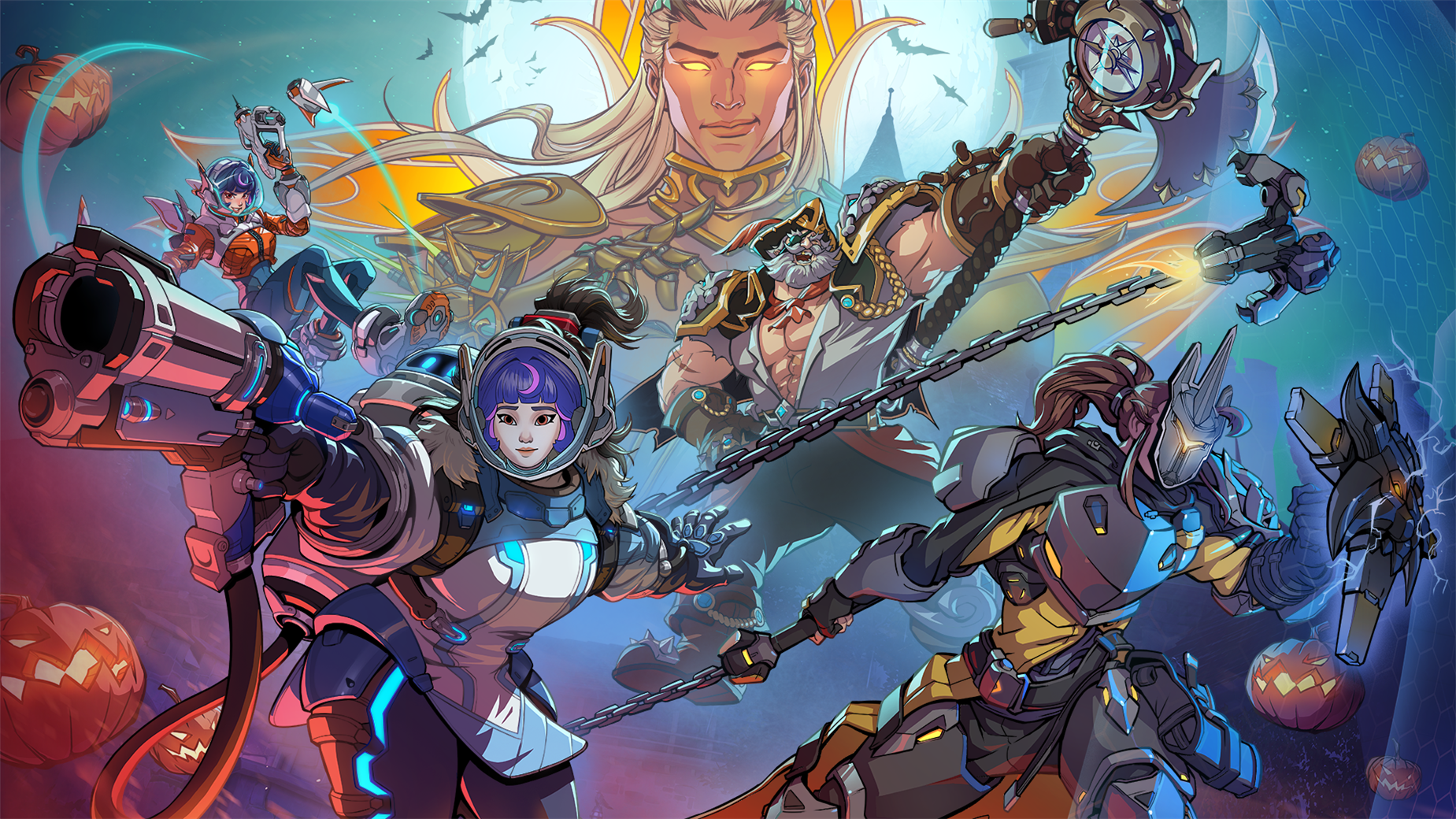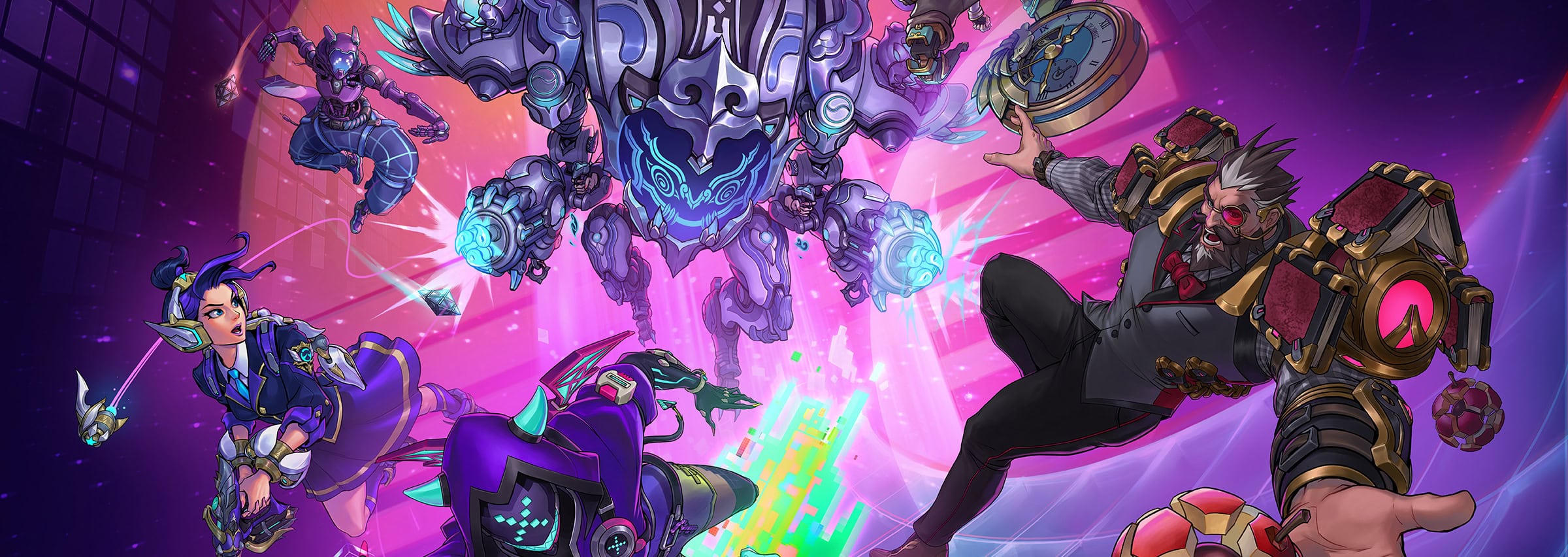
Season 18 drops on August 26 with the biggest content update Overwatch 2 has seen in ages. The headline changes include a completely revamped Stadium mode (which now includes Quick Play), Wuyang as the latest support hero, and a comprehensive PvP refresh that resets competitive rankings across the board.
Stadium mode gets its most significant expansion yet with four new heroes joining the rotation. Winston, Brigitte, Pharah, and Tracer (arriving later in the season) add fresh strategic options to team compositions.
Brigitte is proven to be very popular with almost every Stadium Competitive game with her either on my team or the enemy’s. There are various, interesting perks and abilities for Brigitte which actually makes her really fun to play in Stadium now. I had a rough game last night where the enemy had a good Winston, Brigitte, and Genji wrecking my team and we couldn’t just win no matter how hard we tried, even by trying to change our build drastically.
The new Stadium Quick Play Queue streamlines the Stadium experience with faster matches and a simplified economy system (makes the game faster with shorter rounds and less pressure of being competitive), while Draft Mode introduces counter-picking strategies before matches begin. When the season started, you cannot pick a mirror hero (i.e if a team has picked Cassidy, then the other team cannot pick Cassidy) but this has been changed yesterday so you can now pick any hero to your team roster.

The counter-picking brings more strategic layer especially when you can actually ask to swap the order of the team picks. I like to be the last because I have a lot of hero roster that I’m comfortable with and quite good at, making sure that we don’t get countered hard.
The brand new Payload Race mode changes the win conditions entirely. Teams must push parallel payloads through multiple checkpoints to reach the finish line, with no partial victories allowed. Three new maps support this mode alongside other Stadium additions: Powder Keg Mine, Thames District, and Oasis Gardens. It’s an interesting new game mode which offers quick decisions whether to keep pushing your payload, or split your team to also slow the other payload down.
The item pool in Stadium also receives substantial updates with three completely new items, ten major reworks, and nine balance adjustments.
Wuyang emerges as the game’s newest support hero, bringing water-based abilities from his background at Wuxing University’s Water College. His Xuanwu Staff fires guided water orbs that detonate on command for either damage or healing. Guardian Wave pushes enemies back while boosting ally healing rates, and Restorative Stream provides adaptive healing over time. His mobility comes from Rushing Torrent, which lets him surf along water currents for rapid repositioning.
The ultimate ability, Tidal Blast, grants overhealth to any targeted ally or himself before unleashing a powerful knockback wave. His perk options include Overflow and Balance for consistent regeneration, or Ebb and Flow with Falling Rain for high-impact burst plays.
He’s pretty good with consistent healing, especially when the team sticks together as his Guardian Wave also heals whoever is in it. I personally think other supports have better kits (with Ana being the best of all) and I still prefer my Zenyatta over Wuyang, but he’s proven to be popular in over 20 games I’ve played for the past couple of days.
Season 18 launches with a complete competitive system refresh. Every player starts fresh with new placement matches, supported by a soft MMR reset designed to improve matchmaking accuracy from day one. Rank thresholds receive adjustments, particularly in higher tiers, to better reflect actual skill levels. Tighter MMR ranges make it easier for friends to queue together in ranked matches.
Here’s my rank for last Season:

The perk system expands significantly with over 50 new hero-specific options. Every hero receives at least one new perk, while characters like Lúcio, Winston, and Pharah get updated and rebalanced existing perks to encourage diverse team compositions and creative builds. Cassidy is one of my mains and I really like his new Silver Bullet perk that applies bleeding to the enemy. There was a bug earlier where he could do a one-shot kill with this perk but that was fixed quickly.
This season introduces two mythic cosmetics instead of the usual one. Sojourn’s Ultraviolet Sentinel skin tells the story of a fallen future where she transforms herself using cyber-light technology. The four-tier progression system includes customisable hairstyles, unique visual effects, and distinct colourways. Level one provides the base cybernetic outfit with white colouring and locs, level two adds a spiked hairstyle with pink accents, level three introduces long braids with black and red styling, and level four unlocks toggleable ambient visual effects. It looks pretty awesome.
Cassidy receives the Blazing Sunsetter weapon skin, which represents the next step in Overwatch 2’s cosmetic evolution. This reactive revolver heats up dynamically based on your firing patterns, with real-time overheat visuals that respond to gameplay. The four progression levels start with a tactical high-tech model, add dynamic reactivity with ejecting casings revealing the molten core, include a custom flourish animation, and culminate in a distinctive kill effect.
The Premium Battle Pass delivers legendary skins for Kiriko, Lifeweaver, Pharah, Hanzo, and Lúcio, alongside various cosmetics including emotes, charms, name cards, and voice lines. Players can earn up to 80 Mythic Prisms for unlocking the new mythic content. The Ultimate Battle Pass Bundle includes everything from the Premium Pass plus 20 tier skips, 2,000 Overwatch Coins, and two legendary skins: Poolside Wuyang and Lily Roadhog.
Summer Games return later from September 2-15 with a significant change to Lúcio Ball. Both Lúcio Ball and Lúcio Ball Remix switch to third-person perspective for the first time, while Winston Volleyball makes its comeback. Players can earn a World Cup Lúcio skin and other seasonal rewards through login bonuses and participation.
Two new progression systems launch alongside Season 18. Hero Skill Rating measures individual hero performance in competitive matches separately from overall rank. Each hero develops its own skill rating from 0-5000 with visual tiers and match feedback. After five placement matches per hero, players see both numeric scores and tier brackets from Bronze to Champion. The top three most-used heroes from each competitive match display skill rating changes for real-time progress tracking.
I’ve only started playing Competitive again last Season after being absent for more than 14 seasons, so unfortunately I haven’t got my shiny borders yet.

Hero Progression 2.0 rebuilds the leveling system with individual hero tracking, faster early progress, and permanent prestige features. The Ascended system awards animated portrait borders at levels 20, 40, and 60, which display automatically in hero select. Early levels progress quickly before settling into roughly 100 minutes per level after level 21. Milestone rewards include loot boxes at various levels, with legendary loot boxes available at levels 30, 40, and 50.
The Advanced Info Panel provides detailed breakdowns of hero capabilities, including precise damage numbers, healing output, cooldowns, and other critical statistics. A companion Hero Stats webpage will track win rates, pick rates, and additional performance data for more comprehensive analysis.
Season 18 represents one of the biggest updates in Overwatch 2’s history, combining significant gameplay changes with substantial progression system overhauls and fresh content across multiple game modes. Overwatch 2 is back, baby!






